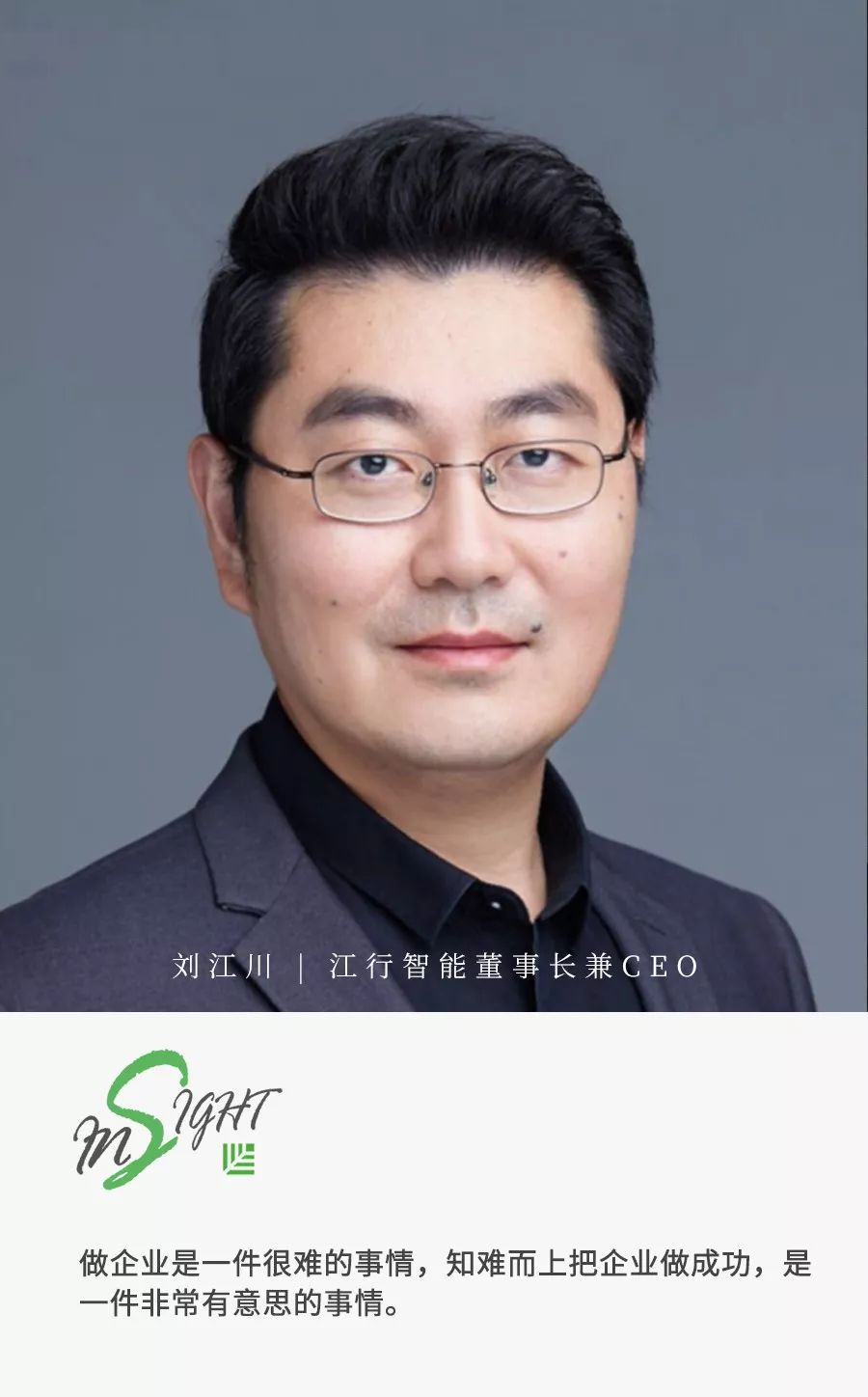

From Scholar to Entrepreneur

Why Choose Edge Computing?

Industrial Internet Research Outcomes: EdgeBox

Jiangxing Intelligent’s Application Case Studies


Jiang Xing Zhi Neng
Field: Technology/Media

Jiangxing Intelligent was founded in 2018 by internationally renowned scientist and Canadian Academy of Engineering Fellow, IEEE Fellow Professor Liu Jiangchuan. The company is dedicated to the development of advanced edge computing technologies and their applications in energy Internet, industrial safety supervision, smart warehousing, and other fields, and has received several million yuan in venture capital from Sequoia China Seed Fund since its inception.
Sequoia Capital has always been committed to helping entrepreneurs build evergreen great companies, bringing rich global resources and valuable historical experience to its portfolio companies. For 47 years, Sequoia Capital has invested in numerous innovative companies and leaders of industrial trends.
Sequoia Capital China Fund, as “the entrepreneur behind the entrepreneur,” focuses on technology/media, healthcare, consumer products/modern services, industrial technology investment opportunities. Over the past fourteen years, Sequoia Capital China Fund has invested in nearly 600 companies with distinct technological characteristics, innovative business models, high growth potential, and development potential.
 Recommended Reading
Recommended Reading
1
SalesEase’s Shi Yanze: Endgame Thinking is Essential on the B2B Path | Sequoia Family
2
The Geek Side of Ou Shun Technology: Creativity from Carpentry to Outdoor Adventures | Sequoia Family
3
JingTai Technology’s Lai Lipeng: Advancing the Application Boundaries of Science and Technology in 10 to the Power of 60 | Sequoia Family
4
The Fourth Paradigm’s Dai Wenyuan: Artificial Intelligence is a Lifelong Pursuit | Sequoia Family
5
Beisen’s Ji Weiguo: 4 New Technologies Restructuring Digital Talent Management | Sequoia Family
